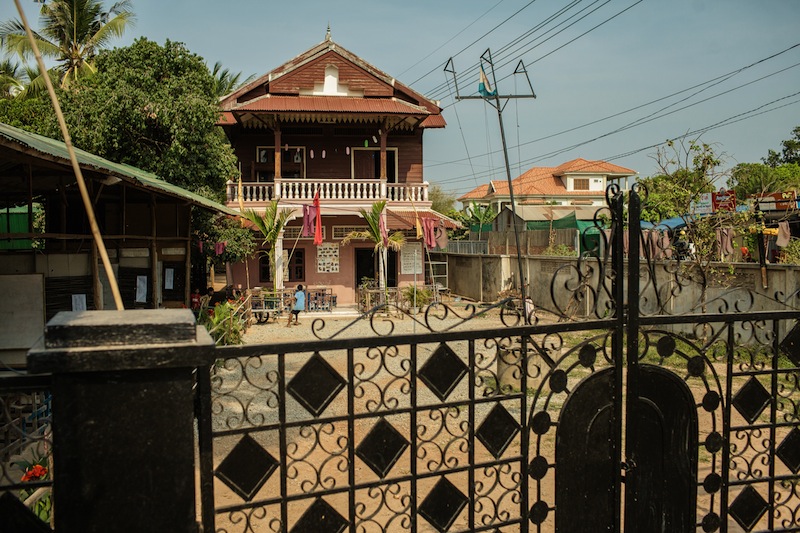Almost 1 in 100 Cambodian children are believed to be living in residential care centers, a new study says, placing the total figure at nearly 49,000 children, more than double the government’s estimate from last year.
Poverty remains the main reason children are living in such facilities—often referred to as orphanages—instead of with their parents or extended families, according to a study published by the online medical journal BMJ Open last week.

“The vast majority of children in residential care institutions in Cambodia have living parents, but the current system effectively severs the family unit,” the study says.
The Columbia University report estimates that 48,775 children are living in residential care sites nationally. However, a report by the Social Affairs Ministry and Unicef released in March says that 18,451 children under the age of 18 were living in facilities.
Only 18.5 percent of the children aged 13 to 17 in residential facilities said both their parents were dead, while one-third reported they had a parent living in their same province, the study says.
“In 2009, only 23 per cent of children in residential care in Cambodia had no living parents,” according to the Unicef report, which cited ministry data.
The new study, authored by researchers from Columbia’s Mailman School of Public Health and the Ministry of Planning’s national institute of statistics, surveyed 3,588 children at 122 facilities across 11 provinces in June and July 2015.
More than half of children living in residential care facilities were 13 to 17 years old, the study says. Of these, about 39 percent said they were separated from their parents to escape poverty, while another 37 percent said they were pursuing an education.
According to Unicef and government data on children of all ages, “Poverty is the main reason parents give for placing their children in residential care in Cambodia, with 47 per cent of children currently in residential care having been placed there primarily due to poverty.”
In 2015, the Social Affairs Ministry began requiring all child care institutions to register and follow a set of minimum standards or risk closure. According to the study, 68 percent of institutions reported being registered with the ministry.
Ros Sokha, director of the ministry’s child welfare department, said previous government figures were accurate, but acknowledged that the scope of state reporting had been limited.
“We had some sort of limits of reaching all the facilities,” he said.
Referring to data collected last year and a report from the ministry and Unicef expected to be released in coming weeks, Mr. Sokha said the government had strengthened its management of residential care facilities and broadened the scope of its data collection.
“We tried our best to reach every single facility in every single district, commune and province,” he said.
Mr. Sokha did not respond to an email with additional questions on the current number of children living in facilities and how many sites are registered with the government.
Many donors that fund orphanages lack a solid understanding of poor children’s needs, said Sebastien Marot, executive director of the NGO Friends International, which provides housing, education and other services to poor children and families.
But new government regulations and better oversight of facilities were helping NGOs and the government push facilities to transform from homes for “orphan” children to community centers that provide economic support to families so children can remain in their care, he said.
“It’s about working with the families,” he said. “It’s a big change of behavior of everyone involved.”
The newly reported number of children living in care facilities was significantly higher than previous counts for a reason, Mr. Marot said.
“The number is higher, for sure, because it’s more accurate.”




